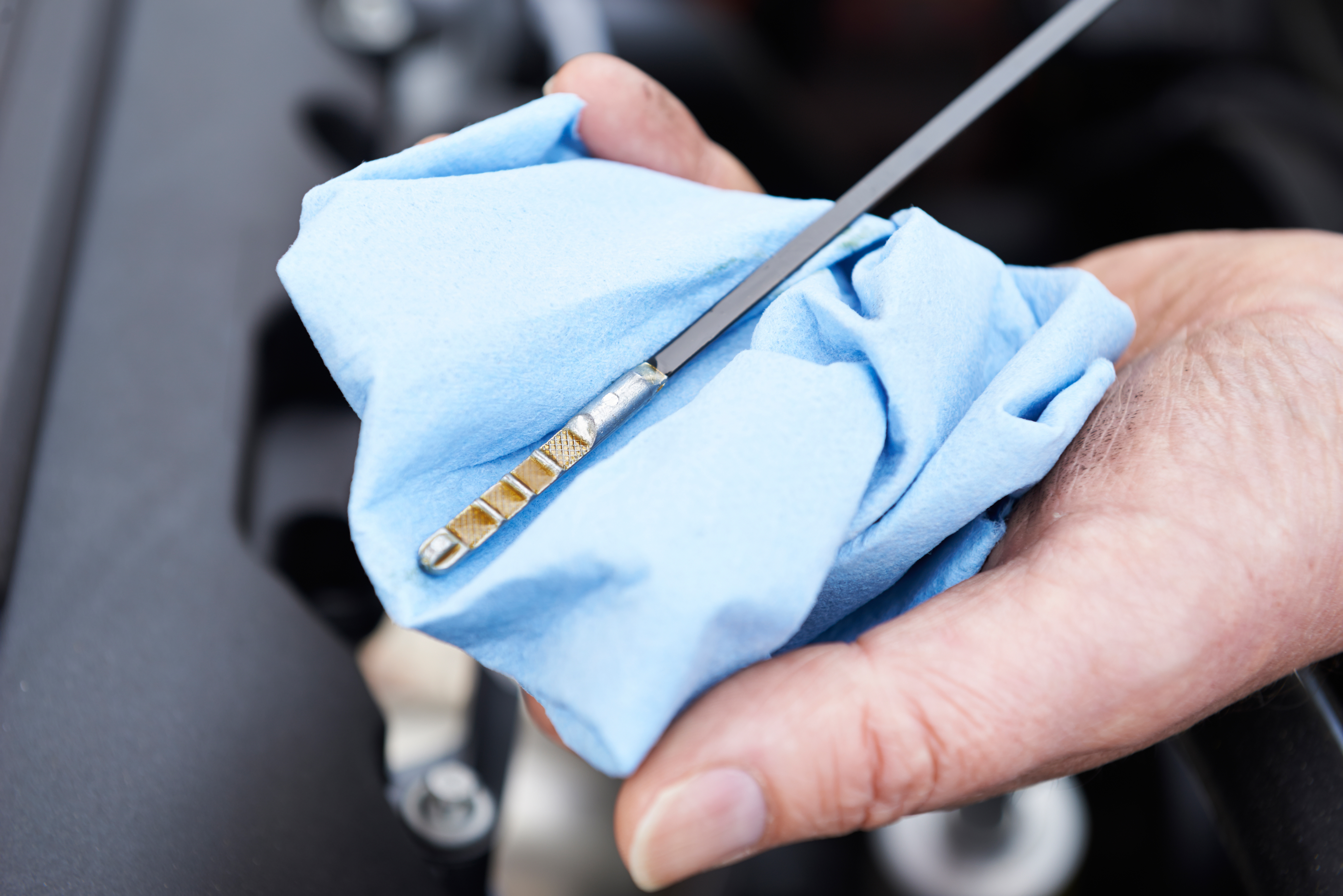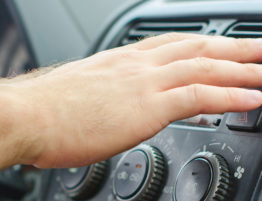
If you’re a car lover or just a long-time car owner, you may think this is a silly question. But for some people, even if they have owned a car for 20+ years, may routinely take their vehicle to a mechanic every three months for an oil change, but that doesn’t mean they know WHY they do it! They just know that it’s important and must be done for the vehicle to continue to run properly.
So let’s dive in and learn more about those oil changes we know we have to do but may not know why!
First of all, you should check your car’s manual for the manufacturer’s recommendation for oil and filter change intervals. It’s typically every 3,000 – 6,000 miles (or every three months) for a regular gas vehicle.
If you drive a diesel car or truck, you can typically go a little longer, between 5,000 – 10,000 miles, before you change your oil.
And if you use synthetic oil in your vehicle, you can sometimes get as many as 10,000 miles in before it needs to be changed!
But what happens in those mileage intervals that requires you to change your oil?
All the components of your vehicle’s engine has moving parts, lots of moving parts, that move and rub against each other. The friction causes heat and without oil to absorb the heat and lubricate the engine components, your engine would overheat.
As times goes on, the oil in your vehicle breaks down and will wear out, leaving your engine without proper lubrication or a way of cooling down. To prevent your vehicle from running without any lubrication, which can cause overheating and wear down the components of your engine, you should change your oil before your oil breaks down.
If you’re not sure how long it’s been, you can check your car’s oil levels.
It’s a good practice to check your vehicle’s oil levels once a month, to ensure your car is running properly and isn’t burning through oil. But if you can’t remember the last time you had your car’s oil changed, then you need to go outside and check it right now! All you have to do is:
1. Make sure your engine is cold and your vehicle has been off for at least ten minutes before you check your oil levels.
2. Pull out your vehicle’s oil dipstick, which may be located near the front or the back of the engine, depending on the type of engine in your vehicle. You can reference your vehicle’s manual if you have trouble finding it.
3. Wipe the dipstick clean with a lint-free rag that is clean. Keeping a few in your car is always a good idea just in case!
4. Then put the dipstick back into the pipe the same way you pulled it out (the metal stick is bent to match the curve of the pipe so it will only go in one way).

5. Pull the dipstick back out of the pipe and look at the oil film on the end of the dipstick. There should be two levels on the end of your dipstick. The first says “add” and the second says “full”. If your oil is below the full level at all, you should change your oil.
6. Also, if you rub the oil between your fingers and it leaves behind a dirty smudge, then you should have your oil checked. If it’s clean oil, it will look glossy and slightly transparent.
Now that you know why you need to change your oil, keep a record of your mileage and don’t forget to also have your tires rotated every other oil change appointment!
- Driving with a Cracked Windshield is Dangerous! - November 28, 2019
- Common Causes of Windshield Cracks: What You Need to Know - November 20, 2019
- The Best Road Trip Snacks for Kids - November 20, 2019








